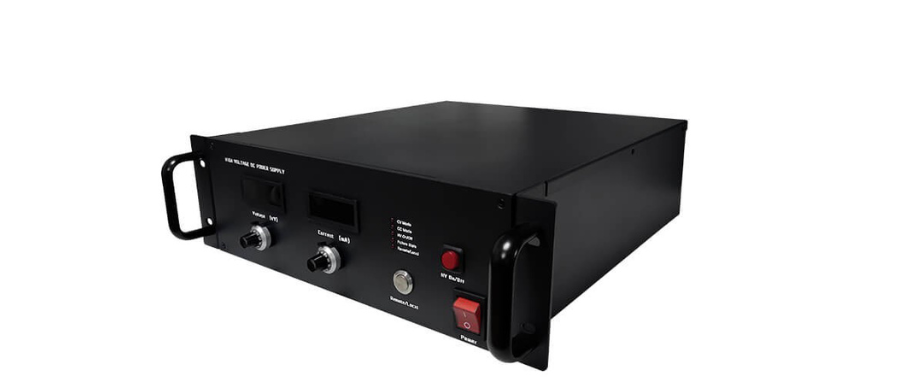High-voltage DC power supplies usually need to be grounded in practical applications to ensure the safety and stability of the power supply. This article will explain in detail from different aspects why high-voltage DC power supplies need to be grounded and how to properly ground them.
Why does a high-voltage DC power supply need to be grounded?
Protecting the safety of equipment and personnel: The grounding of high-voltage DC power supplies can effectively reduce the risk of equipment failure and electric shock. When a fault such as leakage occurs in the equipment, the fault current is introduced into the ground through grounding to prevent the current from passing through the human body or other equipment, thereby protecting the safety of equipment and personnel.
Reduce electromagnetic interference: High-voltage DC power supplies may generate strong electromagnetic interference, and grounding can reduce the impact of electromagnetic interference on surrounding equipment and systems. Through grounding, electromagnetic waves can be scattered and absorbed by the ground, reducing electromagnetic radiation.
Prevent static electricity accumulation: In a high-voltage DC power supply system, static electricity is easily generated due to the accumulation of charges and partial discharge. Grounding can promptly introduce these static electricity into the ground to avoid static electricity accumulation causing spark discharge and equipment failure.
Stabilize voltage and current: During the operation of a high-voltage DC power supply, the voltage and current will be unstable due to load changes and fluctuations in the power supply itself. Through grounding, the impact of power supply fluctuations on the system can be reduced, providing a more stable voltage and current output.
Compatibility with other systems: Many high-voltage DC power supply systems need to be connected to other low-voltage DC or AC systems. Grounding can reduce the potential difference between these systems and provide better electrical compatibility.

How to ground a high-voltage DC power supply?
Ground connection: High-voltage DC power supplies usually need to use a ground connection to connect the "ground" end of the power supply to the underground conductor to form a low-impedance current loop. The ground wire should be selected with a conductor material that meets the requirements, with good conductivity and corrosion resistance to ensure effective guidance of fault current.
Ground wire conductivity test: The conductivity of the grounding facility is key, and tests should be performed regularly to ensure good connection and conductivity of the ground wire. The test method can be carried out using a ground resistance tester or other test equipment to ensure that the ground wire impedance meets the relevant specifications.
Shell grounding: The shell of the high-voltage DC power supply usually also needs to be grounded to reduce the impact of the shell on the electromagnetic radiation and leakage current of the surrounding environment. Shell grounding can be connected to the ground wire or use an independent grounding electrode.
Grounding electrode selection: The grounding electrode is a key component for conducting current into the ground, and the appropriate electrode type and layout should be selected. Common grounding electrodes include metal rods, buried electrode nets, and extremely deep holes. Choose the appropriate type of grounding electrode according to the specific situation.
Grounding resistance control: The grounding resistance of the high-voltage DC power supply should meet the requirements of relevant standards and specifications. Too large grounding resistance will lead to poor grounding effect, and too small grounding resistance may cause additional fault current. The size of the grounding resistance can be controlled by reasonably configuring the grounding electrode and controlling the soil conductivity.
Maintenance and inspection: The grounding system of the high-voltage DC power supply should be regularly maintained and inspected to ensure that the grounding resistance is normal and there are no corrosion or loosening problems on the ground wire and grounding electrode. Regular inspection and maintenance can improve the reliability and stability of the grounding system and ensure the safe operation of the power supply.

Summary
In order to ensure safety and stability, high-voltage DC power supplies usually need to be grounded. Grounding can protect the safety of equipment and personnel, reduce electromagnetic interference, prevent static electricity accumulation, stabilize voltage and current, and be compatible with other systems. Correct grounding methods include ground connection, ground continuity test, shell grounding, ground electrode selection, ground resistance control, and maintenance and inspection of the grounding system. Only through reasonable grounding design and operation can the safe operation of high-voltage DC power supplies be ensured.







